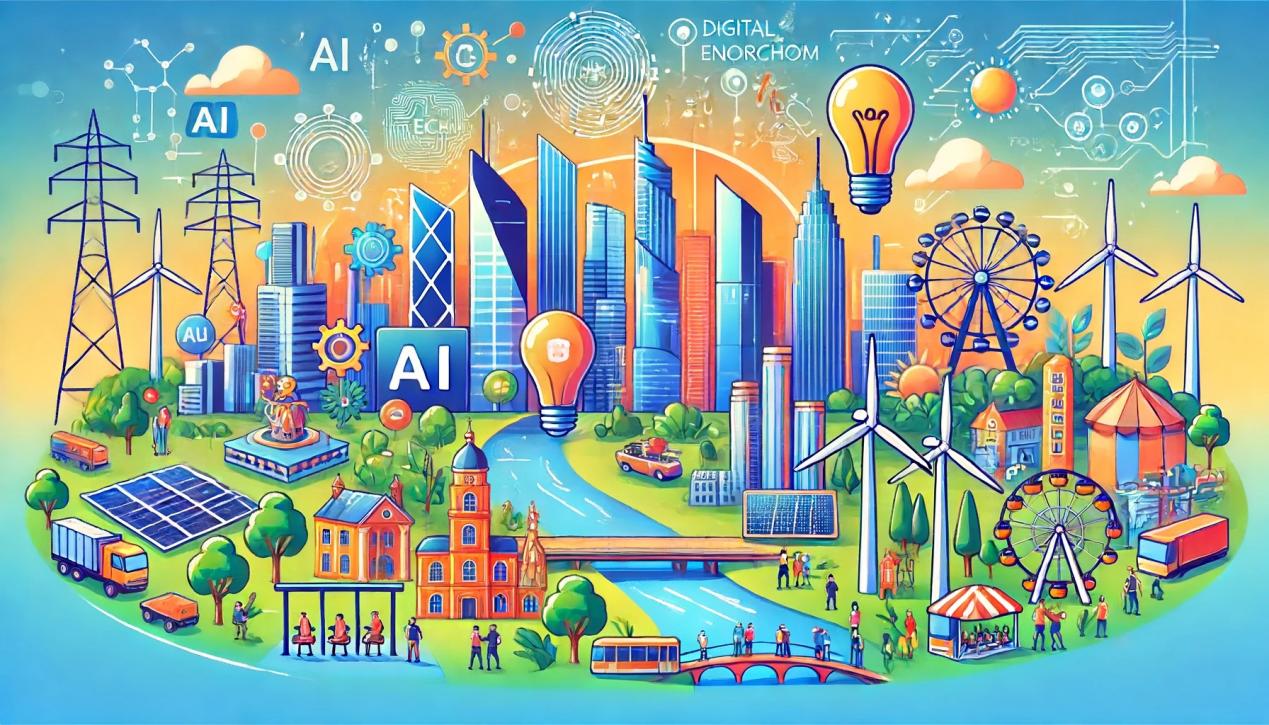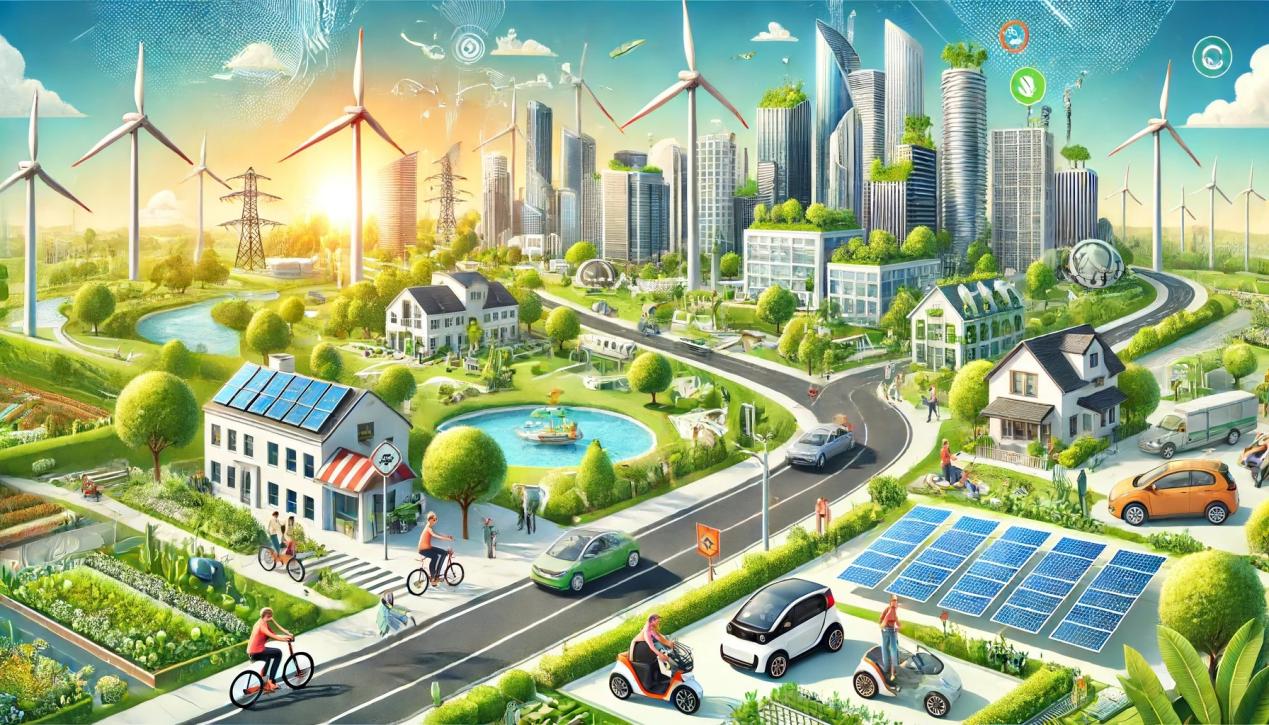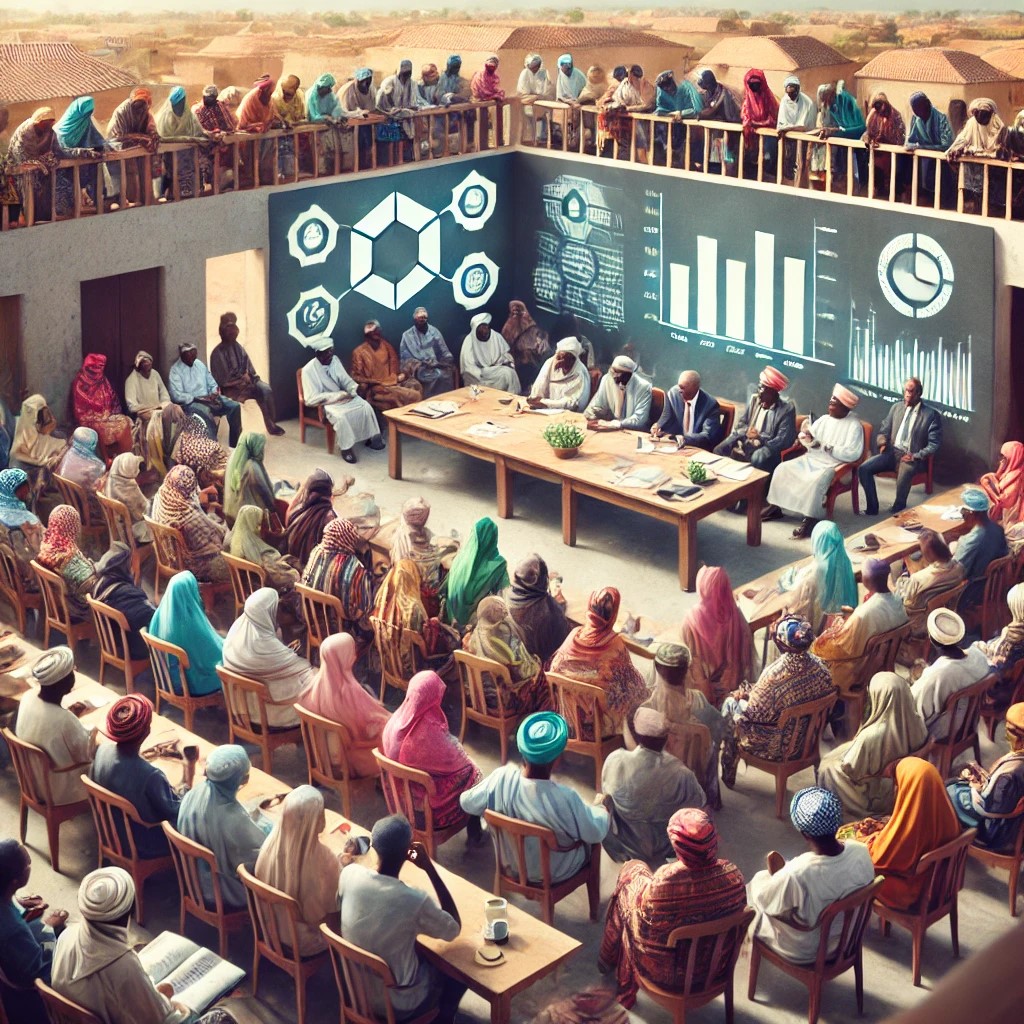The Impact of Economic Diversification on Market Resilience
Economic diversification has emerged as a key strategy for enhancing market resilience, reducing vulnerability to sector-specific shocks, and promoting sustainable growth. This approach involves broadening the range of economic activities and industries within an economy, diminishing the reliance on a single sector. As global markets face increasing uncertainties, including pandemics, geopolitical tensions, and climate change, diversification becomes crucial. This article delves into the current trends in economic diversification, future predictions, and its implications for market resilience.

Current Trends in Economic Diversification
1. Transition from Commodity Dependence:
Countries traditionally dependent on commodities, such as oil or minerals, are actively diversifying their economies. For example, Saudi Arabia's Vision 2030 is a comprehensive plan aimed at reducing the kingdom's reliance on oil by developing sectors like tourism, entertainment, and technology. Similarly, Nigeria is investing in agriculture, manufacturing, and information technology to create a more balanced economic structure.
2. Technological Innovation:
Technological advancements are driving diversification across various economies. China, for instance, is shifting from an export-driven model to one focused on domestic consumption and technological innovation. The Belt and Road Initiative (BRI) illustrates China's strategy to diversify its economic partnerships and enhance global trade connectivity. In India, significant investments in digital infrastructure and technology startups are transforming the economy, fostering new industries, and creating employment opportunities.

Future Predictions and Implications
1. Continued Digital Transformation:
The ongoing digital revolution will further drive economic diversification. Technologies such as blockchain, artificial intelligence (AI), and the Internet of Things (IoT) will unlock new opportunities across various sectors, including finance, agriculture, and manufacturing. As economies integrate these technologies, they will become more versatile and resilient to external shocks.
2. Sustainable Development:
The global emphasis on sustainability will significantly influence future diversification efforts. Climate change concerns are prompting countries and businesses to invest in green technologies and renewable energy. The transition to a low-carbon economy will spur the growth of new industries, such as electric vehicles (EVs) and clean energy solutions, reducing dependence on fossil fuels and promoting environmental sustainability.
Implications for Market Resilience
1. Risk Mitigation:
Economic diversification helps mitigate risks associated with sector-specific downturns. By spreading economic activities across multiple sectors, countries and businesses can cushion the impact of adverse events in any single industry.
2. Sustainable Growth:
Diversification fosters sustainable growth by creating a more balanced economic structure. Investments in various sectors generate employment opportunities, enhance productivity, and promote innovation, leading to long-term economic stability.
3. Enhanced Competitiveness:

A diversified economy is more competitive on the global stage. It attracts foreign investment, fosters trade partnerships, and enhances a country's or company's ability to adapt to changing market dynamics.
Conclusion
Economic diversification is essential for enhancing market resilience and promoting sustainable growth in an increasingly uncertain global environment. Current trends indicate a strong movement towards diversification, driven by technological advancements, sustainability initiatives, and the need for robust supply chains. Looking ahead, continued investment in diverse sectors will be crucial for building resilient economies capable of withstanding global challenges and seizing new opportunities.
(Writer:Cily)





